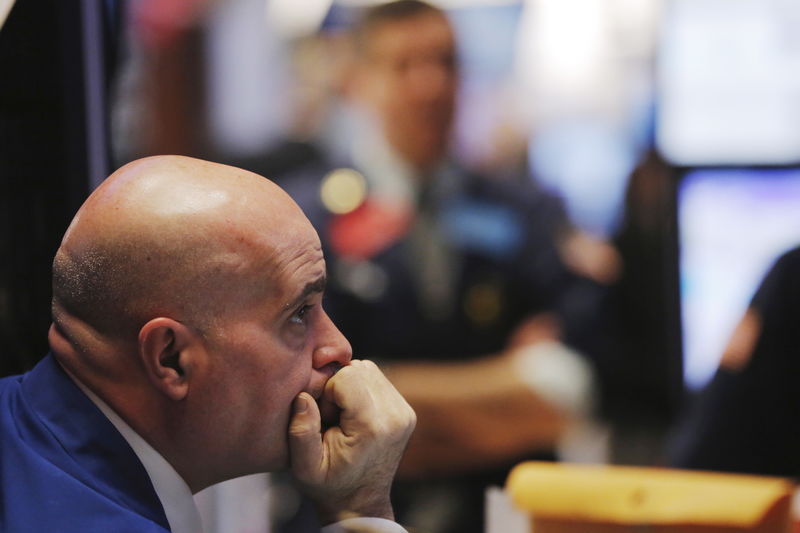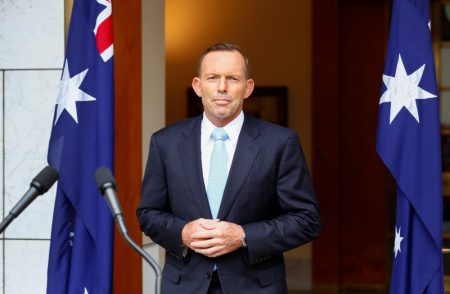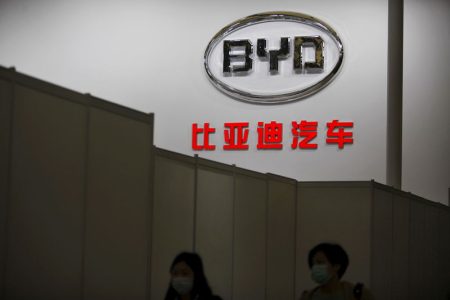By Gleb Stolyarov
(Reuters) – Business at Nikita Minenkov’s logistics company, based near the Amur River that marks the border between Russia and China, was going well. Since Moscow’s invasion of Ukraine it’s gone even better – company turnover has doubled for two years running.
Minenkov’s Eurasia Logistics Group is one of multiple Russian businesses to benefit from a sharp uptick in trade with China, since Western firms abandoned the Russian market after the invasion of Ukraine and the imposition of sanctions.
The firm’s success highlights Moscow’s increasingly close economic relationship with Beijing which is buying more Russian oil – the lifeblood of Russia’s economy – and supplying it with goods, in particular cars and machinery.
Chinese trade data for 2023 shows that export of cars to Russia were almost seven times higher than in 2022, with the value of those exports jumping by almost $10 billion.
As Beijing has snapped up Russian oil at cheaper prices than those charged by other producers, total Russia-China trade has jumped 64% to $240 billion in the last two years.
“This is a systematic, mutually beneficial development of trade and economic cooperation,” Kremlin spokesperson Dmitry Peskov told reporters this week. “Hopefully this is not the peak yet and we will continue to develop.”
Trade volume growth globally is expected to recover to 3.3% in 2024 after a forecast slowdown to 0.8% in 2023.
China’s willingness to do business with Russia, despite its war in Ukraine, has extended an economic lifeline to President Vladimir Putin as he seeks another six-year term in office in elections later this week.
“The surge in Russia-China trade illustrates simply that sanctions lose their bite over time, as non-participating countries take advantage of the economic opportunities left when Western firms retreat,” said Zach Meyers, assistant director of the Centre for European Reform think tank.
China’s car manufacturers have been particular beneficiaries of the West’s corporate exodus from Russia, which saw many carmakers quickly sell assets and factories on the cheap.
China’s share of the Russian market has leapt from less than 10% to more than 50% in the two years since the start of the war, which Russia calls a “special military operation”.
Dealerships that were once selling Volkswagen (ETR:), Renault (EPA:) and Stellantis (NYSE:) models have pivoted to Chinese brands, including Geely and Chery.
“There’s no alternative,” said Vladislav Vershinin, head of sales at a Changan dealership in Mytishchi, just outside Moscow. “It has become profitable … the Chinese are adapting very quickly.
“The attitude of buyers (towards the Chinese) is definitely changing. People look at these brands differently, people trust them.”
Sales of Changan vehicles in Russia rose to almost 47,800 in 2023, from 2,550 in 2022, according to the Autostat analytical agency. It was the fifth best-selling car brand last year, and in February 2024, eight of the 10 top-selling car brands in Russia were Chinese, the data shows.
‘NO LIMITS’
Meyers of the Centre for European Reform said the expansion in Sino-Russian trade ties carried risks for both sides.
“There is a significant risk for Russia … (which) is now far more dependent on China than China is dependent on Russia. China is a ‘partner’ who Russia deeply distrusts,” he said.
“The West remains a far bigger trading partner for China than Russia is, and China has a lot to lose if Western sanctions start to hit a significant number of Chinese firms.”
Kremlin spokesperson Peskov played down the risks.
“No, we do not see economic and political threats in this… both President Putin and President Xi (Jinping) set the goal of boosting the volume of trade and economic relations, taking them beyond $200 billion even before the start of the special military operation.”
For now, Chinese companies have helped Russia’s car market recover after a severe contraction in 2022, when only 626,276 passenger cars were sold. Sales in 2023 were 1.06 million, still short of pre-war levels of 1.52 million in 2021.
“Prospects in terms of European brands are still hazy, but business must live, and it will live on Chinese brands,” said car dealer Vershinin.
Minenkov, whose logistics firm is based in Blagoveshchensk, a city that stands just over the Amur River from China, said turnover doubled in 2022.
“At the beginning of 2023 there was staggering demand, when everything was bought up,” he told Reuters. “This was the panic effect, when people feared that China may suddenly close.”
His company, Eurasia Logistics, specialises in importing goods, primarily industrial and construction equipment, as well as logistical services.
According to Russia’s corporate records, provided by SPARK Interfax, revenue from the two main companies within the group jumped by 290% to 970 million roubles ($10.70 million) year-on-year in 2022. There was no data yet for 2023.
Moscow is keen to facilitate closer links with Beijing as part of a “no limits” partnership.
Russia plans to increase spending to boost railroad capacity taking goods to the Far East to 366 billion roubles ($4.03 billion) this year, up around 40% from 2023.
Capacity on railroads like the BAM and the Trans-Siberian route is expected to reach 210 million tonnes per year by 2030 from 173 million tonnes in 2023.
This is primarily to facilitate more trade with China and other Asian countries, mainly in coal, oil and other minerals.
Yevgeny Gudkov, head of sales at KST, a Moscow-based importer of Chinese diggers and forklift trucks, said supplies from China barely featured two years ago.
“We used to deal with spare parts,” he said. But the company pivoted as the European market closed to Russia and demand for equipment from China jumped.
“Demand generates supply,” he said. “We did not create the market, the market created (us).”
($1 = 90.6325 roubles)
Read the full article here









